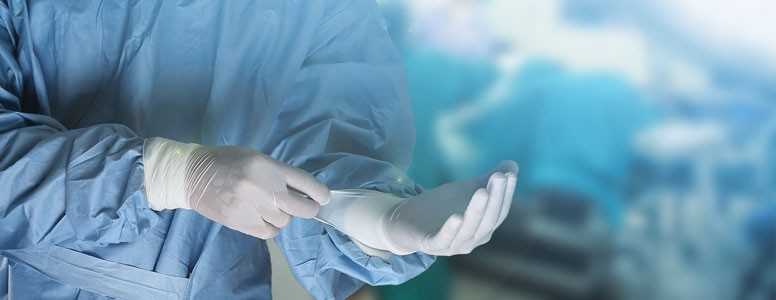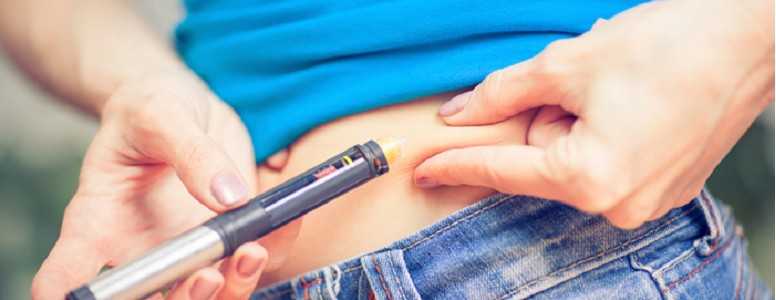US scientists have developed a new technique for improving the success rate of islet cell transplantation in people with type 1 diabetes.
Upon testing this technique on animal models of type 1 diabetes the mice had restored insulin production to blood glucose levels and the survival rate of transplanted cells improved.
“We have engineered a material that can be used to transplant islets and promote vascularization and survival of the islets to enhance their function,” said study author Andrés García, Georgia Institute of Technology, US.
“We are very excited about this because it could have immediate patient benefits if this proves successful in humans.”
Garcia and first author Jessica Weaver looked to address a major issue with islet cell transplantation: as many as 60 per cent of transplanted islets die immediately due to being cut off from their blood supply, while those that survive transplant die within several months – patients have to take immunosuppressant drugs following transplantation to ensure the cells’ survival.
They sought to engineer a new approach to transplantatio, and developed a new hydrogel material with a protein that increases blood vessel growth.
Garcia explained: “The transplanted islets need a lot of oxygenation and a connection to the body’s circulatory system to sense the glucose levels and transport the insulin. In addition to protecting the islets, our engineered material promotes the formation of new blood vessels to nourish the cells.”
Locations were examined in the bodies of the diabetic mice to assess where the transplanted cells could be best placed to increase their chances of survival. These areas included the liver, where up to three donors are required to keep enough transplanted cells alive, under the skin and in the abdomen.
Weaver found that islet clusters transplanted with the hydrogel and VEGF (vascular endothelial growth factor) developed blood vessels and engrafted into their new locations. The hydrogel material then degraded, as expected, and was replaced by new tissue which grew around the islets.
The researchers then tracked the long-term effects of the cells and how many survived, with the abdomen shown to be the most optimal transplant location.
“When we first started doing the imaging, I’m pretty sure I screamed the first time I saw it,” Weaver said. “It was so beautiful to see the vasculature. I wasn’t expecting to see such perfect blood vessel growth into the islets.”
The next step is to now study the technique in larger animals. Human trials are still some way away, but the researchers hope continued positive findings could indicate the technique’s efficacy in treating people with type 1 diabetes.
The findings appear online in the journal Science Advances.
What's new on the forum? ⭐️
Get our free newsletters
Stay up to date with the latest news, research and breakthroughs.





